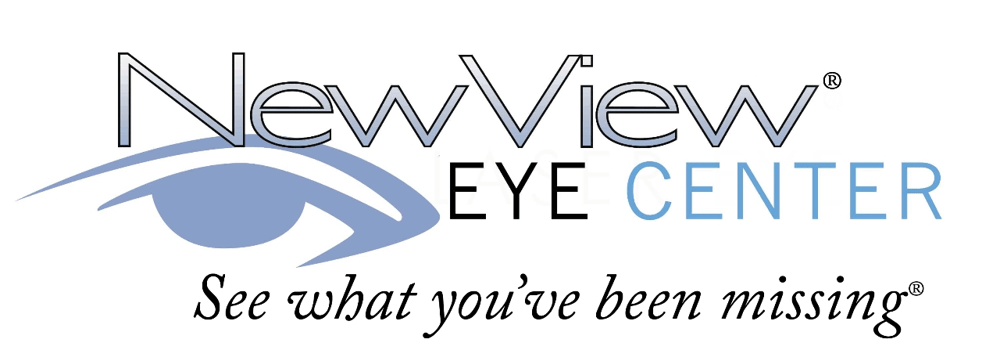How iPhones Can Help Your Eyes
 One of the biggest challenges for ophthalmologists in rural or underserved areas is getting patients to visit them in their eye clinics. Many of these patients are unable to get to these clinics, as they may not have the resources to make the drive or do not live close enough to the eye clinic. The latter group may find it difficult to take time off, which may require ophthalmologists to conduct home visits.
One of the biggest challenges for ophthalmologists in rural or underserved areas is getting patients to visit them in their eye clinics. Many of these patients are unable to get to these clinics, as they may not have the resources to make the drive or do not live close enough to the eye clinic. The latter group may find it difficult to take time off, which may require ophthalmologists to conduct home visits.
Of course, the difficulty with a home visit is that the ophthalmologist can’t take his or her equipment to the patient’s home. However, iPhones are working to change all of that, as it’s now possible for ophthalmologists to use their iPhones to diagnose patients with diabetic retinopathy.
This eye condition – in which blood vessels grow on a healthy retina and can cause blindness – occurs in diabetic patients. While many diabetic patients have access to an ophthalmologist, many rural and urban patients are unable to access the services they need to stay healthy. There are a number of reasons why these individuals might not be able to access an ophthalmologist: they can’t find reliable transportation, they can’t afford to take time off from work, or they live too far away to get to the ophthalmologist.
This is where exciting iPhone technology comes into play. Using nothing more than their smartphones, ophthalmologists can travel to a patient’s home and photograph the inside of the eye to diagnose or monitor diabetic retinopathy. This was made possible by a small research group in Italy, who developed a small optical adapter called D-Eye. This adapter – which can be used with the iPhone 5 and iPhone 6 models – allows the ophthalmologist to perform dilated retinal imaging on patients without the need for cumbersome equipment.
What’s more, when the results were compared to those compiled by traditional machinery, they were identical in 85 percent of cases, and near-exact in almost 100% of all cases (96.7 percent, to be exact). In the few cases were results did not match, traditional machinery suggested that the diabetic retinopathy was much more advanced.
This is an undoubtedly exciting development for ophthalmologists, as they’re now capable of reaching more patients who may struggle to keep up with regular appointments.
Keep your eyes healthy and happy. Schedule a consultation with Dr. Jacqueline Griffiths today at NewView Eye Center in Reston, Virginia. NewView Eye Center also serves patients in the greater Washington, DC area.
